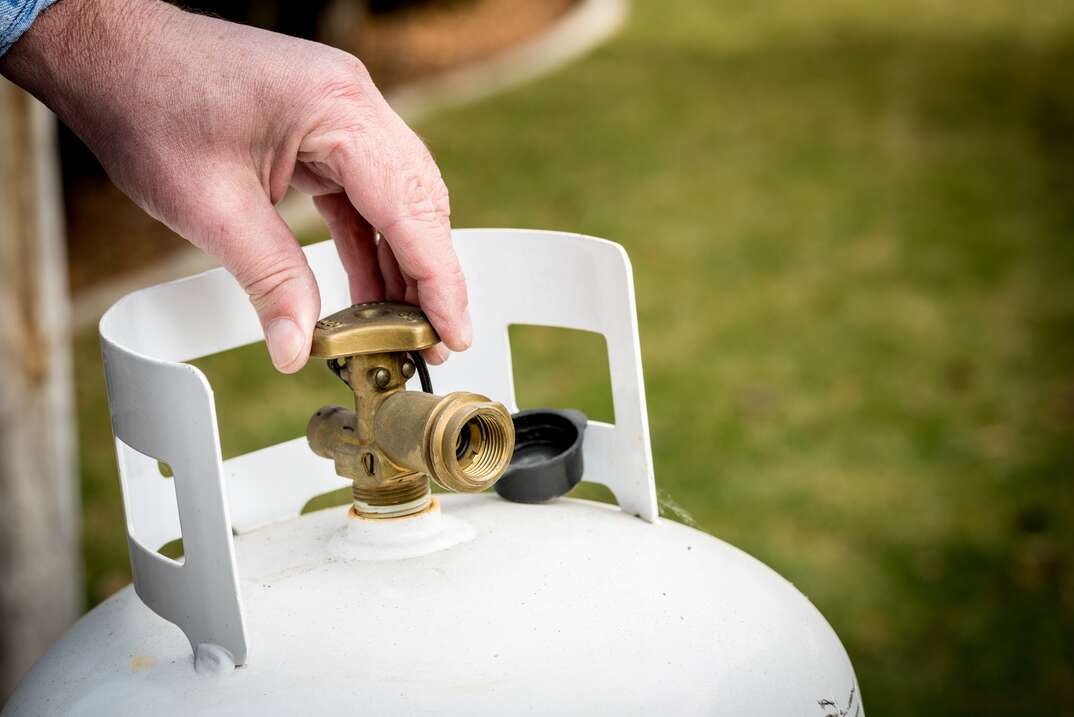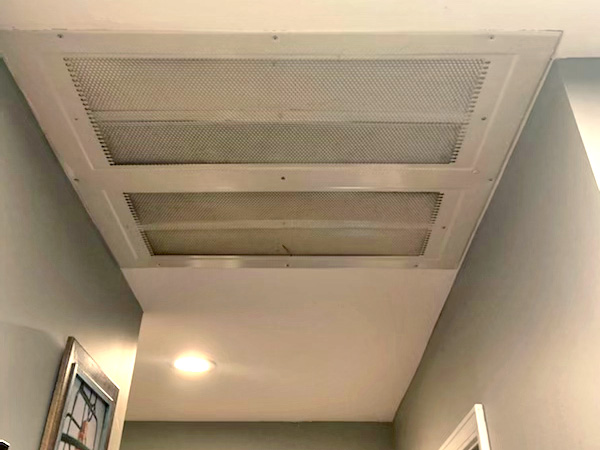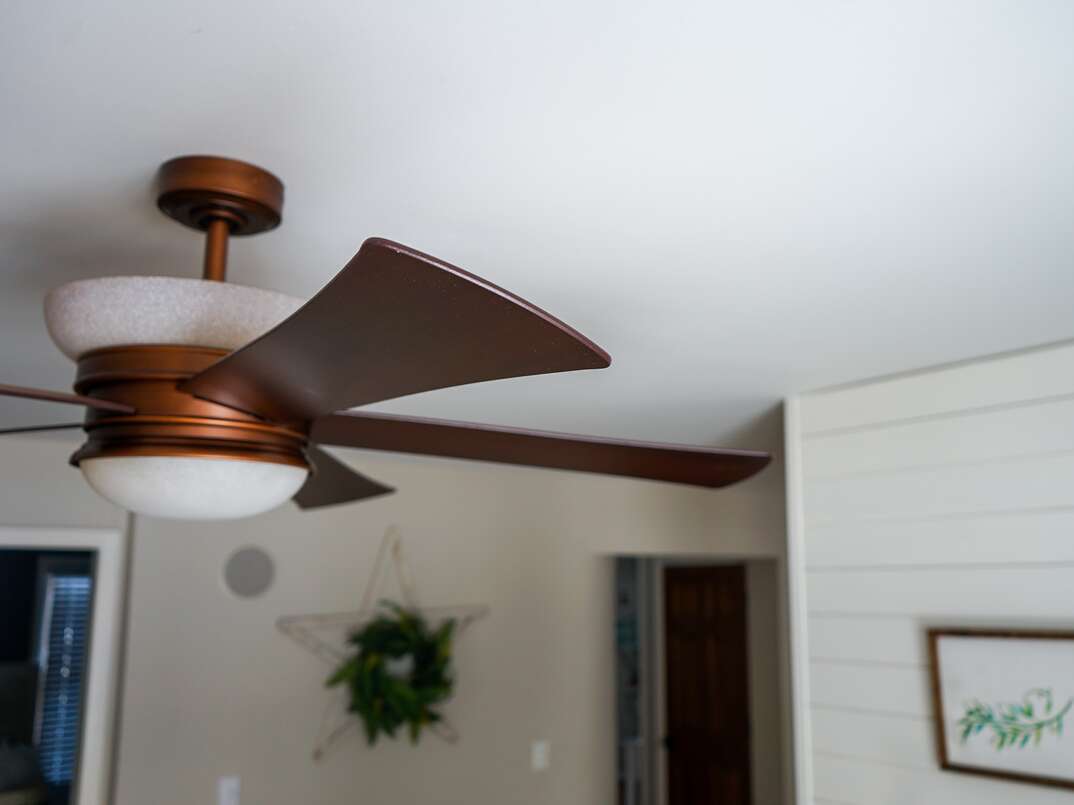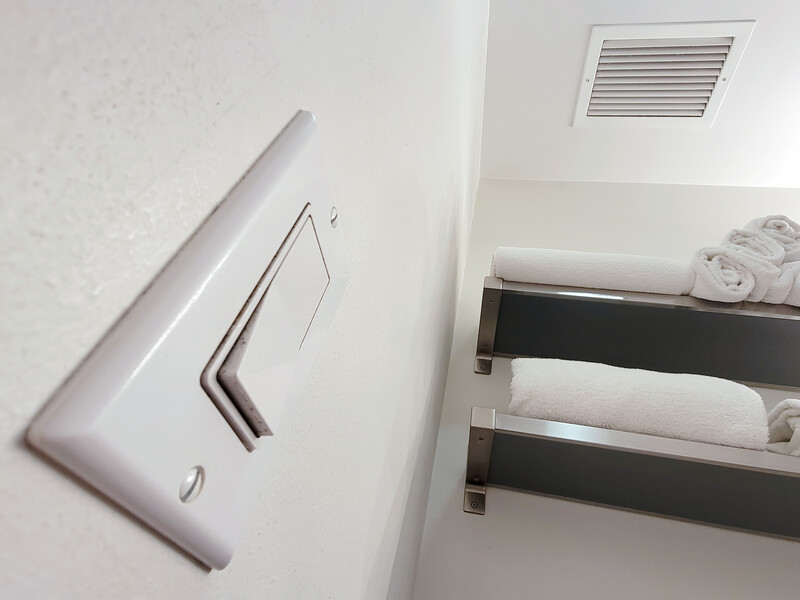How Much Does a Propane Tank Cost? Everything You Need to Know

Propane has a wide variety of uses in the home, including grilling, heating, stove fuel and more. Whether you’re looking to buy a tank or rent one, you’ll need to consider what you’ll be using it for, what size you need, whether to keep it above- or below-ground and, of course, how much all this is gonna cost ya.
This May Also Interest You: What Is the Difference Between Propane and an Oil Furnace?
While you may want to have a professional come to your house and advise you on what you should get and how to get it installed, read on for answers to all of your questions about household propane tanks.
Propane Tank Sizes and Costs
Propane tanks come in a variety of sizes depending on the intended use. They are often measured in gallons or pounds. One gallon of propane weighs a little over 4 pounds. That means the manufacturer might label a 420-pound tank as a 100-gallon unit.
Common sizes in gallons and pounds, and their corresponding price estimates are as follows.
By the Gallon:
- 5 gallons, $30
- 50 gallons, $350
- 100 gallons, $400
- 250 gallons, $500
- 1,000 gallons, $1,500
By the Pound:
- 1 pound, $5
- 15 pounds, $25
- 100 pounds, $100
- 200 pounds, $350
- 420 pounds, $400
Small Tanks for Grills
If you’re running an outdoor grill, most homeowners prefer propane cylinder tanks between 5 to 50 gallons. These smaller options are generally stationary. You have the option to take them to a filling station to exchange them for refilled ones. The typical cost to buy a 20-pound tank is $50 and to exchange the tank for a filled one is about $20.
Large Propane Tanks
Larger propane tanks are needed if you have lots of appliances or your entire home running off propane. These tanks average about $400 for a 100- to 120-gallon tank and upwards of $3,500 for a 1,000-gallon tank. It’s important to remember that tanks of this size will require a professional to install, and you may be able to have them installed either above-ground or underground.
Underground Propane Tank Cost
The price to install an underground tank can run anywhere from $1,100 to $5,000 depending on the size of the tank and where you’re installing it. That's just for installation; the cost of the tank will also need to be factored in, too. The high cost is due to excavation and trench digging, as 500- to 1,000-gallon tanks typically go underground.
Buying Vs. Renting
Purchasing a propane tank can be a big investment depending on your needs and the size of the tank you choose. Factor in maintenance and repairs on the tank, and it’s easy to see why some homeowners choose to rent a tank rather than purchase one.
If you’re set on buying your tank, weigh your options of new versus used tanks. When looking at prices, you may want to consider used tanks. If the unit is well-kept, it can last many decades with no issues and you could save a lot of money. Sometimes, older ones are even made of thicker steel and have a higher safety rating.
For comparison: A new tank runs about $1.50 to $3.50 per gallon while a used tank runs about 75 cents to $1.25 per gallon.
When renting a tank, you typically pay a small fee each month for the tank and you enter into an agreement with the propane company. In exchange, the company gives you a preferred rate and you don’t have to worry about the maintenance or repairs on the tank. In other words, you get the benefit of owning the tank with none of the hassles — in exchange for an ongoing fee.
Refilling Vs. Exchanging
To exchange or refill a propane tank is more about what’s more convenient for you and what’s a better price. Generally speaking, it’s cheaper to refill a tank, but there are pros and cons to each.
Refilling a tank saves you money, and you only pay for the propane you use. Typically, there are about 5 pounds of leftover propane in the tank that would be lost if you were to exchange. The drawback of refilling is convenience: You have to find a licensed retailer to refill your tank, and it can’t be done at the local hardware store or gas station like exchanges.
When exchanging a tank, the pros include ... you guessed it: convenience. Exchanging your tank is as easy as going to the local hardware store or retailer, handing in your empty tank and getting a full tank. Another benefit is that these tanks are regularly inspected, so you know it’s safe to use. The downside of exchanging a tank is that the cost is higher and you don’t always use all the propane in your tank.
How to Measure Propane Left in Tank
Want to know how to determine just how much propane you have left in your tank. There are a few simple ways to determine this, including:
- Buying a gauge. These typically run $5-$35 and can accurately measure the number of gallons remaining in the tank. Most even have a line telling you when you need to refill or exchange your tank.
- Lifting the tank. If the tank is small enough that you are able to lift it, then you may be able to compare the weight of a full tank and estimate how much you have left.
- Pouring warm water on the outside. The tank will absorb heat from the water and cool rapidly. Feel for the top of the cool side to determine the current fill level.
Since we’re all home now more than ever, being prepared for unexpected home repairs with a plan from HomeServe is important. Having a plan in place gives you the peace of mind knowing that you can simply call our 24/7 repair hotline for covered breakdowns. See what plans are available in your neighborhood.


